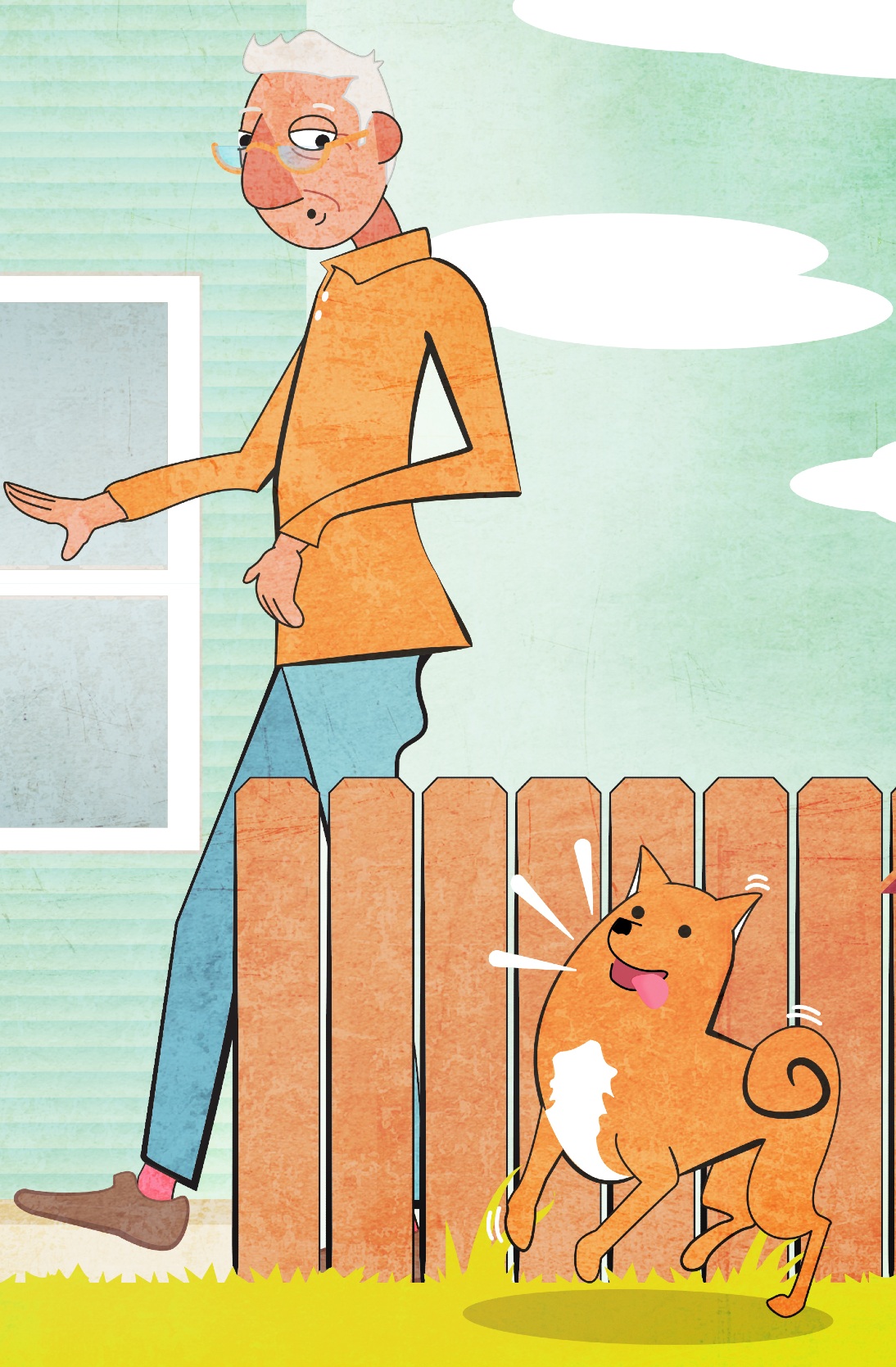by ETHAN BERMAN
Staff Writer
Dog owners in Ann Arbor may face a new fine if their fenced-in animals bark or provoke other passing dogs.
The $500 fine was approved by the Ann Arbor City Council in a 6-5 vote last month, alongside new rules that allow dogs to be labeled as dangerous if caught repeatedly provoking other dogs.
For dog owner Eliza Sanchez, this is a big concern.
“I can see what they were going for, I really can, but this is not the right way to go about reducing dog aggression nor the number of incidents,” said Sanchez, a part-time student at WCC and long-time dog advocate. “This is too generalized when really, each dog is different, and adding another term to label a dog as dangerous is only harmful to them.”
So, what does the word “provoke” entail? One example is a runner going by a fenced-in yard when dog A, behind the fence, starts barking at dog B, the runner’s dog. Dog A would now be “provoking” dog B, potentially causing dog B to drag its owner into a dangerous situation. Dogs or their owners found guilty of provoking others would be charged with a fine of $500, along with a civil infraction. However, the city of Ann Arbor would need proof of provocation to convict owners.
The latest incident that prompted the change involved a dog behind an invisible electric fence in a front yard. The yard dog antagonized a passerby, making the passing dog drag its owner onto a main road. No one was injured.
Sanchez’s main concern is that she has a fenced-in yard, herself.
“My dog wouldn’t harm another dog; however, if another dog owner is running past my yard and my dog is outside, of course, it should have the right to bark,” she said. “She’s only protecting her home.”
Sanchez said the recent change “doesn’t quite hit the mark.”
When does this apply to my dog?
For another student, there is raised concern about whether or not they can leave their dog unattended at home.
“If all it takes to ‘provoke’ another animal is for one to bark at another, that means I have to spend extra time monitoring my dog, which essentially means I have less time to focus on my schoolwork,” said Jakub Braum, a full-time student at WCC. “When I leave for school, there’s no way I can control what they do at the window. What if they stand there all day barking at passing dogs? Will I get fined for this, or does it only apply while my dog’s outside? It’s not very specific.”
As a dog owner, Braum fears that he can’t leave his dog home alone. He can’t afford a dog-sitter and is at school full-time, so he doesn’t have the time to come home between classes for monitoring duties.
“I think we need to tackle the issue of controlling reactive, or ‘menacing’ animals, as opposed to putting more emphasis on punishment,” said Braum. “I don’t want my little guy to be marked as a dangerous animal. What does that even mean? Furthermore, I think it’s a little silly knowing that my dog could potentially be breaking the law while I’m not around.”
Jen Eyer, an Ann Arbor council member and sponsor for the amendment, wanted to clarify that each case is different and would need to be looked at by an authorized authority.
“The ordinance does not specify indoor/outdoor and it would not be my place to speculate about how it would be enforced in every hypothetical situation. They (ordinances) typically don’t get into that level of detail.
“It’s hard to picture how a dog could provoke another dog from within a home,” she said. “But that would be an animal control officer’s place to sort that out.”
The amendment was developed in conjunction with the Humane Society of Huron Valley, which strongly supported this change, to add protections for dogs—against aggressive dogs.
What is the importance of this amendment?
Tanya Hilgendorf, the CEO and president of the Humane Society of Huron Valley, explained a few things about the changes.
Hilgendorf doesn’t think this new change will impact surrenders or make it easier for dogs and their owners to get in trouble.
“The purpose of a dangerous-dog ordinance is to help keep people and other animals safe,” she said. “Dangerous-dog ordinances should be comprehensive and include harm to people and other animals, mitigating circumstances, and due process.”
She said the phrasing “repeatedly provoked” is relatively common among dangerous-dog laws, clarifying that due process and evidence are still required for a determination. There are no official City of Ann Arbor animal-control officers, so enforcement is sparse. The city Police Department partners with the Humane Society for animal control services, according to a2gov.org, Ann Arbor’s government website.
“Without public education and enforcement, including leash laws, there would be little impact on the problems the changes were attempting to address,” said Hilgendorf.
She expressed her delight in seeing added language that will aid in lessening discrimination among dog breeds.
The change has objective benefits: It increases the likelihood of a dog owner getting justice over another dog attacking, menacing, or provoking their own pet and decreases the possibility of owners leaving their dogs yard-bound to antagonize other passing-by animals. With 1431 overall dog licenses in Ann Arbor, this change has the potential to affect many dog owners.


